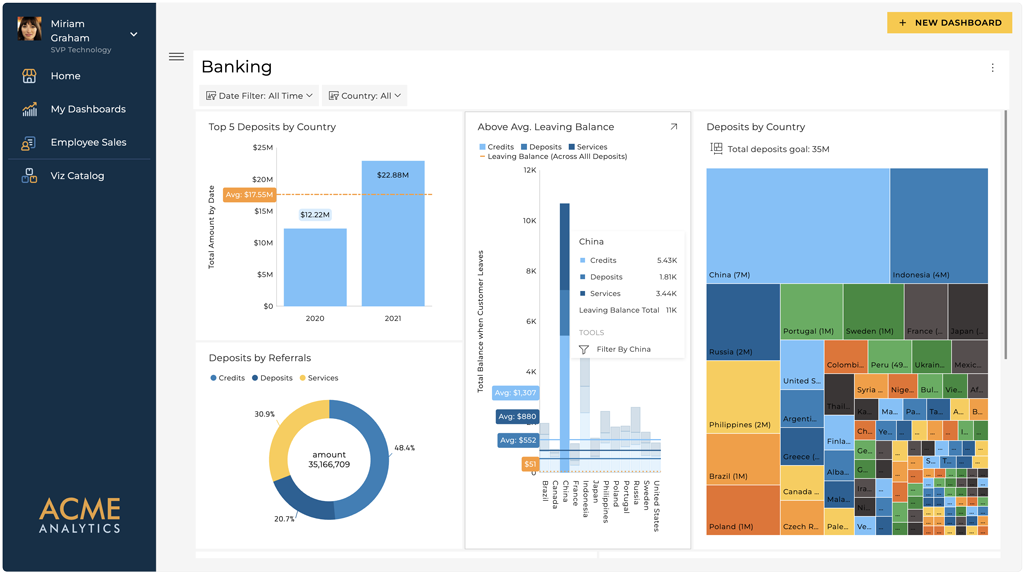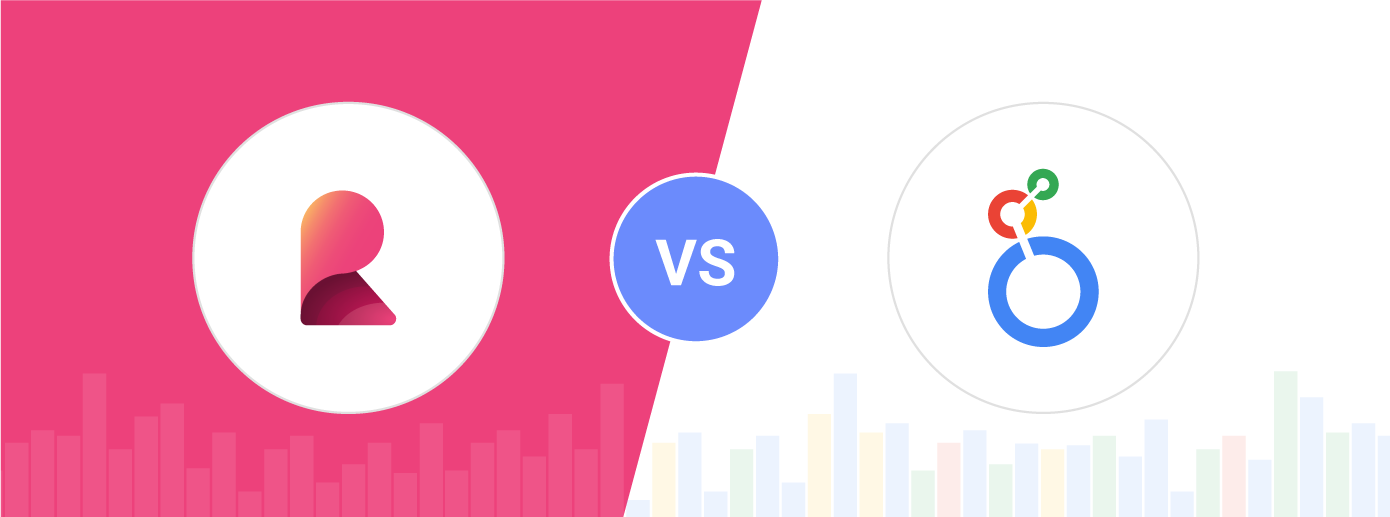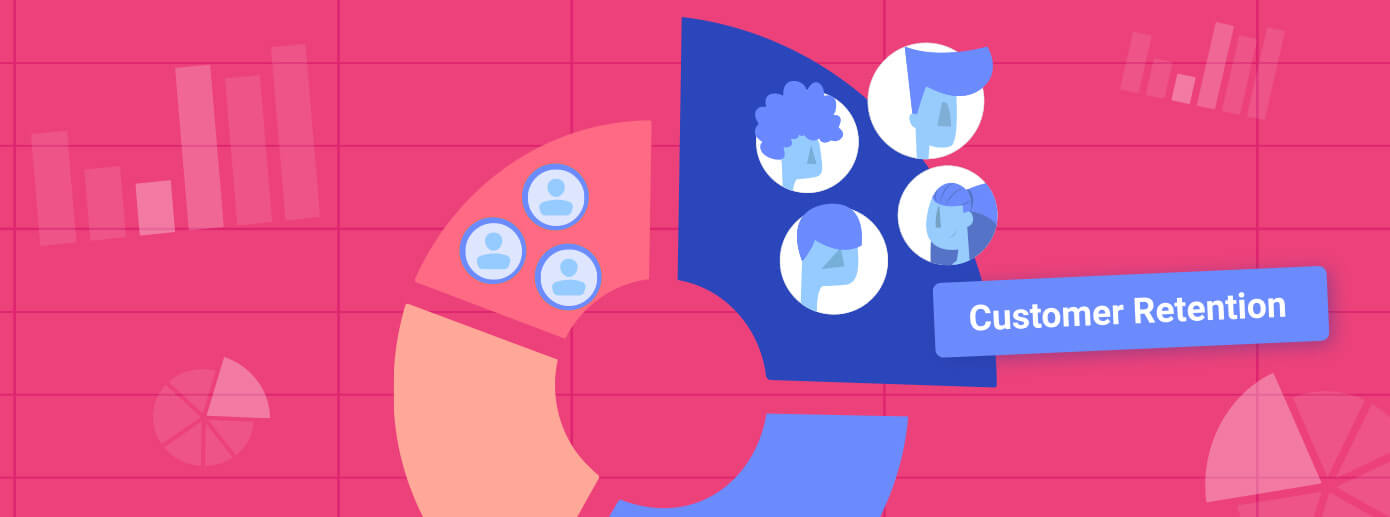
Logi Analytics Embedded Analytics Alternative
Enterprises once relied on Logi Analytics for reporting, but today’s SaaS teams need faster, more flexible, and cost-predictable solutions. Logi’s heavy configuration, performance issues, and rising costs under Insightsoftware make it difficult to deliver modern, customer-facing analytics. The shift in focus is clear: product leaders now seek platforms purpose-built for embedding.
Executive Summary:
Key Takeaways:
- Logi Analytics offers strong customization and governance.
- Rising costs and limited innovation create barriers.
- Complex configuration slows delivery.
- Performance issues limit real-time analytics.
- Lacks modern AI and scalability.
- Reveal provides a developer-first, cost-predictable alternative.
Modern SaaS products succeed when they deliver more than features. They need to provide insight at the right moment, inside the application itself. Users expect analytics that feel like a natural extension of the product, not a separate reporting layer.
For many teams, Logi Analytics has been a recognized choice. It has a history in enterprise BI and offers ways to embed dashboards. But the market has shifted. The question is no longer if embedding is possible, but whether Logi can meet the speed, scalability, and flexibility modern applications demand. In this article, we will do a deep dive into Logi Analytics, the pros and cons, assess when using it is justifiable, and when you should start looking for Logi Analytics alternatives.
Is Logi Analytics Built for Modern Products?
Logi Analytics started as a reporting and BI tool designed for enterprise IT teams. It earned adoption by focusing on structured reporting, governance, and centralized dashboards. In 2021, it was acquired by Insightsoftware and rebranded as part of the Logi Symphony suite. This gave it visibility in the enterprise market, but it also introduced challenges. Many users and analysts note slower product development and rising licensing costs since the acquisition.
The platform’s architecture reflects its origins. Logi was not built with SaaS-native embedding in mind. Its design emphasizes IT-led reporting, not modern, user-facing analytics. When analytics are meant to live inside a customer-facing application, teams need flexibility, scalability, and fast integration. Logi relies on complex configuration layers and a heavy deployment model that can create friction for product teams trying to move quickly.
Another recurring issue is the balance between power and usability. Logi Symphony includes hundreds of technical settings and advanced customization options. For some enterprise environments, that level of control is a strength. For SaaS teams, the result can be overwhelming complexity. Developers often spend significant time hiding unnecessary options or creating workarounds to simplify the experience for end users.
This tension makes it difficult for product leaders to deliver analytics that feel native and intuitive. Instead of focusing on design and customer adoption, teams are pulled into configuration tasks and performance tuning. Combined with cost increases and a lack of visible innovation under Insightsoftware, many companies question whether Logi is still the right foundation for modern, customer-facing analytics.

Pros of Logi Analytics
Logi Analytics continues to offer strengths that make it appealing in certain scenarios, especially for enterprises with established BI practices. While not always the best fit for modern SaaS products, these capabilities explain why it has remained a recognizable name in the analytics space.
Here are the main advantages:
- Highly customizable and developer-friendly
Developers can tailor dashboards and reports using SQL, HTML, JavaScript, and CSS. This allows deep control over how analytics behave and look.
- Seamless embedding and integration
Logi is often praised for its ability to blend analytics into applications. This supports use cases where analytics need to be available inside existing workflows. - Enterprise support and governance
The platform includes features for role-based security, compliance, and permissioning. Large organizations value these controls when deploying analytics at scale. - Flexible data connectivity and business views
Business views help simplify data modeling, enabling users to drill down, pivot, and combine multiple sources. In-memory cubes and distributed joins improve performance when working with complex datasets. - Scalable architecture with predictive capabilities
Logi Symphony combines reporting, dashboards, and predictive features. For enterprises, this broad suite helps support various BI needs in one system.
These pros demonstrate why Logi still finds adoption in certain enterprise contexts. Its depth, configurability, and governance features make it strong in internal BI extensions, even if they add complexity for product-led companies.
Cons of Logi Analytics
While Logi Analytics has strengths in governance and customization, product leaders face recurring challenges when embedding it into SaaS applications.
- Rising costs and reduced product focus
Since the Insightsoftware acquisition, customers report higher prices and slower product innovation. This creates risk for companies that need predictable costs and continuous improvement. - Complex configuration
Logi Symphony offers a large number of technical settings. Instead of simplifying workflows, this overwhelms developers and end users. Some teams even build custom versions to hide unnecessary options. - Performance issues
Dashboards slow down when handling large datasets or complex business views. Responsiveness problems make real-time analytics difficult in customer-facing products. - Unexpected application closures
Users note cases of sudden software crashes. These interruptions disrupt workflows and undermine confidence in the platform’s reliability. - Limited AI features
Modern buyers expect natural language queries and AI support for building insights. Logi does not provide these capabilities, making it harder to keep pace with market standards. - High cost compared to competitors
Beyond pricing increases, Logi Symphony is often described as expensive relative to modern embedded analytics platforms. This raises concerns about the total cost of ownership.
These limitations matter for SaaS and ISVs. Instead of accelerating product delivery, Logi often introduces friction that slows growth and reduces flexibility.
When Logi Analytics May Be a Good Fit
Despite its challenges, Logi Analytics can still make sense in specific situations.
- Enterprises that are already invested in Logi who want to extend their existing BI to partners or internal teams.
- Organizations with strict governance requirements where compliance and security outweigh UX flexibility.
- Teams that need to deploy existing dashboards quickly without deep customization.
- Environments where visual polish and branding are less important.
- Companies with large IT resources that can manage heavy configuration and performance tuning.
In these cases, Logi can provide value without requiring a full platform change. But when analytics must feel native, scale predictably, and support modern product experiences, many teams begin to evaluate Logi Analytics alternatives.
When to Consider a Logi Analytics Alternative
At a certain point, the trade-offs of Logi Analytics become too heavy for product teams focused on growth. The platform can deliver value in controlled enterprise settings, but modern SaaS companies need more flexibility, faster delivery, and predictable costs. That’s where evaluating a Logi Analytics alternative becomes essential.
Here are the most common situations where teams start to look for other options:
- Customer-facing analytics must feel native
Users expect dashboards and reports to match the product’s design, flow, and responsiveness. iFrame-based embedding rarely delivers that experience. - Pricing must scale predictably
SaaS leaders cannot forecast revenue if their analytics costs rise unexpectedly with user growth. Moreover, the overwhelming cost increase for renewals eats away at the increased revenue due to growth. A Logi Analytics alternative with a fixed, predictable pricing model helps keep total cost of ownership under control. - Integration needs go beyond surface embedding
Product teams often require SDK-level integration that supports deep customization, complex workflows, and role-based interactivity. - Performance at scale is non-negotiable
When products handle millions of rows or real-time exploration, slow dashboards drive user frustration and adoption risk. - AI and self-service are required features
Modern teams expect natural language queries, predictive analytics, and easy dashboard creation without developer bottlenecks. Logi lags in these areas.
When these conditions apply, continuing with Logi slows down product roadmaps and weakens competitiveness. Choosing the right Logi Analytics alternative allows SaaS leaders to deliver analytics that scale with demand, delight customers, and support long-term product growth.
Best Logi Analytics Alternative: Reveal
For SaaS teams searching for a true Logi Analytics alternative, the choice comes down to whether analytics should feel like an add-on or an integral part of the product. Legacy BI tools like Logi were never built for embedding at their core. Reveal was designed with a different philosophy: put analytics inside your product without friction, unpredictable costs, or compromises on user experience.

Why Reveal Fits Modern Product Demands
- True Embedded SDK
Reveal provides SDKs for .NET, Java, and JavaScript. Unlike tools that rely on iFrames, analytics integrate natively with your product, ensuring full control over layout, interactivity, and responsiveness.
- Predictable, Transparent Pricing
Logi’s cost increases highlight the risks of complex licensing. Reveal offers flat annual pricing with no per-user fees. This model makes financial planning straightforward and keeps costs stable as adoption grows.
- Fast Time-to-Market
Product teams can embed dashboards in weeks, not months. With clear APIs, developers can add analytics features without losing focus on the core roadmap.
- Scalable Analytics for SaaS
Reveal handles large datasets through pre-aggregation, lazy loading, and optimized queries. Dashboards remain responsive whether you are serving hundreds or hundreds of thousands of users.
- Full White-Label Analytics
Every element can match your application’s branding and UX. Fonts, colors, and interactions align with your product, creating a seamless experience that users trust. Learn more about how Reveal supports white-label analytics.
- AI-Powered Insights
Reveal includes built-in AI features such as natural language queries and predictive models. These give non-technical users the ability to create and explore dashboards without waiting for developer support.
More Than a Reporting Layer
Reveal is not a retrofitted BI tool. It is an embedded analytics platform designed to help SaaS teams monetize analytics, reduce churn, and improve customer adoption. Unlike older approaches, it scales with your application and delivers flexibility for both developers and business users.
Compare Reveal vs. Logi
Choosing the right solution means weighing what matters most: performance, cost, flexibility, and long-term viability. Reveal was built for SaaS teams that need analytics to drive product value. For a closer look at the differences, see Reveal vs. Logi Analytics.
Before You Decide
If you’re still in research mode, take advantage of our free embedded BI features checklist. This guide helps product teams evaluate critical capabilities before committing to a platform or booking a demo.
With Reveal, you get the flexibility, scalability, and predictable costs that modern SaaS applications demand. For product leaders seeking a Logi Analytics alternative, Reveal delivers the control and speed needed to keep teams focused on growth.


 Return to Blog
Return to Blog


